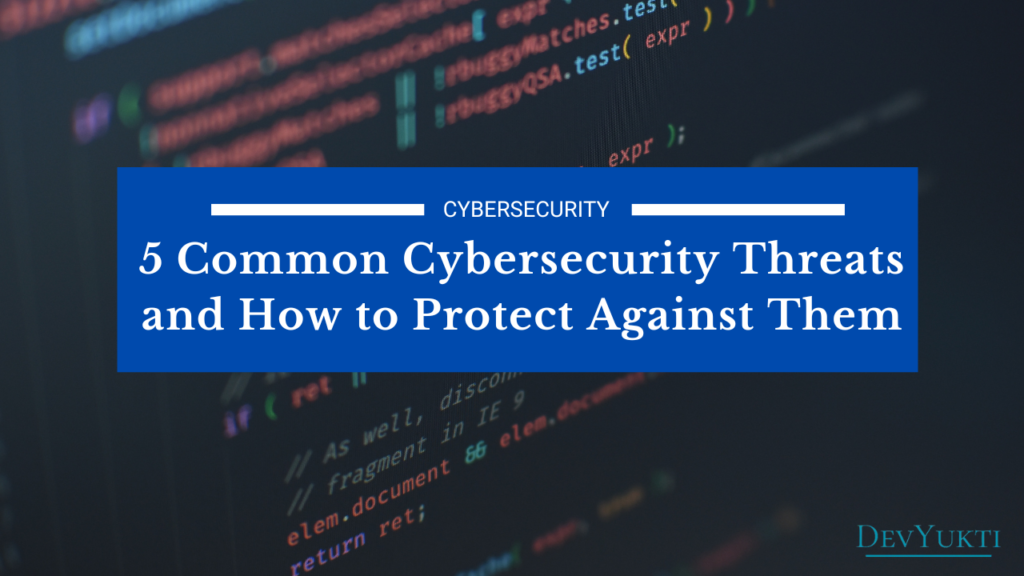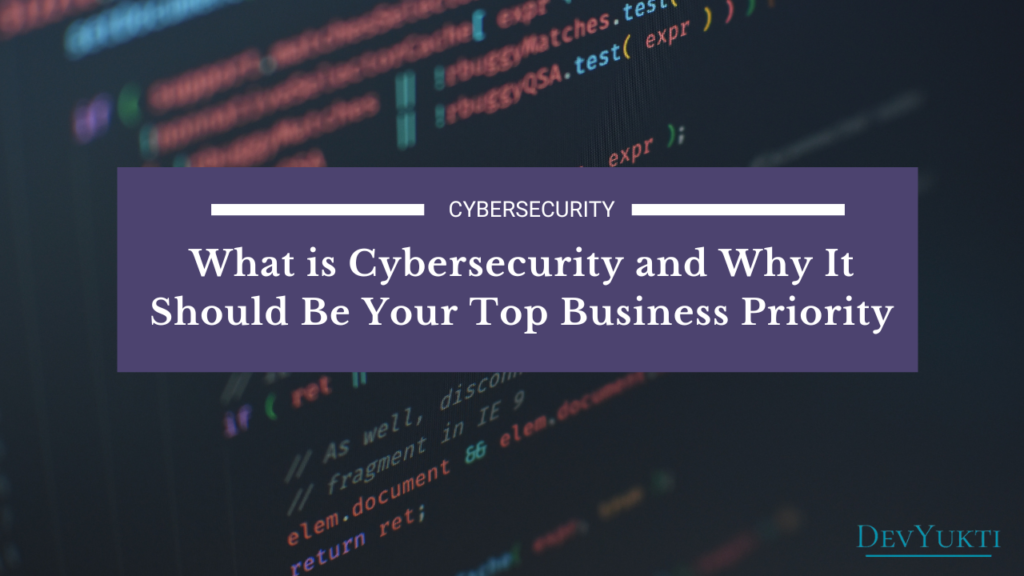In today’s digital age, cybersecurity threats are more prevalent than ever. As businesses and individuals increasingly rely on technology, understanding these threats and knowing how to protect against them is essential. This blog will explore five common cybersecurity threats and provide practical tips for safeguarding your digital assets.
1. Phishing Attacks
Phishing is one of the most common cybersecurity threats. Cybercriminals use deceptive emails, messages, or websites to trick individuals into revealing sensitive information, such as passwords or credit card numbers. Phishing attacks can be highly sophisticated, often appearing to come from legitimate sources.
How to Protect Against Phishing Attacks:
- Be Skeptical of Unsolicited Emails: Always verify the sender’s email address. Look for discrepancies in the domain name or suspicious formatting.
- Hover Over Links: Before clicking any links, hover over them to see the actual URL. If it looks suspicious, do not click it.
- Use Anti-Phishing Software: Implement software that identifies and blocks phishing attempts.
2. Malware
Malware, short for malicious software, includes viruses, worms, trojans, and ransomware. These programs are designed to disrupt, damage, or gain unauthorized access to computer systems. Ransomware, in particular, has gained notoriety for encrypting data and demanding payment for its release.
How to Protect Against Malware:
- Install Antivirus Software: Use reputable antivirus software to scan for and remove malware.
- Keep Software Updated: Regularly update your operating system and applications to patch vulnerabilities that malware can exploit. Read why updates are critical on Microsoft’s Security Blog.
- Avoid Downloading Unverified Software: Only download software from trusted sources.
3. Ransomware
Ransomware is a specific type of malware that locks users out of their data or systems, demanding payment to restore access. This threat has become a major concern for businesses of all sizes.
How to Protect Against Ransomware:
- Regular Backups: Backup important data regularly. Ensure backups are stored offline or in a secure cloud environment.
- Use Strong Passwords and MFA: Implement strong passwords and multi-factor authentication (MFA) to reduce unauthorized access.
- Educate Employees: Conduct training sessions on identifying potential ransomware threats.
4. DDoS Attacks
A Distributed Denial of Service (DDoS) attack involves overwhelming a website or online service with traffic, making it unavailable to users. This can disrupt operations and cause significant financial loss.
How to Protect Against DDoS Attacks:
- Use a Content Delivery Network (CDN): CDNs can help absorb traffic during a DDoS attack, preventing service disruption.
- Implement Rate Limiting: Set limits on the number of requests a user can make to your server within a certain time frame.
- Have a Response Plan: Prepare a response plan to quickly address DDoS attacks if they occur.
5. Insider Threats
Insider threats occur when employees or contractors misuse their access to company systems and data. This can be intentional, such as data theft, or unintentional, such as accidentally exposing sensitive information.
How to Protect Against Insider Threats:
- Limit Access: Implement role-based access control (RBAC) to ensure employees have access only to the data they need.
- Monitor User Activity: Use software to monitor user activity for suspicious behavior or unauthorized access attempts.
- Conduct Regular Security Training: Educate employees about the importance of data security and the potential risks of insider threats.
Frequently Asked Questions (FAQs)
Q1: What is the most common cybersecurity threat?
Phishing attacks are among the most common cybersecurity threats, as they target individuals and organizations to steal sensitive information.
Q2: How can I identify a phishing email?
Look for signs such as poor grammar, generic greetings, suspicious links, and unexpected attachments. Always verify the sender’s email address.
Q3: What steps should I take if I fall victim to a cyberattack?
Immediately disconnect affected systems, notify your IT department or cybersecurity team, and report the incident to relevant authorities.
Q4: How often should I back up my data?
It’s recommended to back up important data regularly—ideally daily or weekly, depending on how frequently the data changes.
Q5: Can small businesses be targets of cyberattacks?
Yes, small businesses are often targeted by cybercriminals due to perceived vulnerabilities and lack of security measures.
Conclusion
Cybersecurity threats are an unfortunate reality in today’s digital landscape. By understanding common threats like phishing, malware, ransomware, DDoS attacks, and insider threats, and by implementing effective protection measures, you can significantly reduce your risk of falling victim to cybercrime. Stay informed, educate your team, and prioritize cybersecurity to protect your digital assets.

